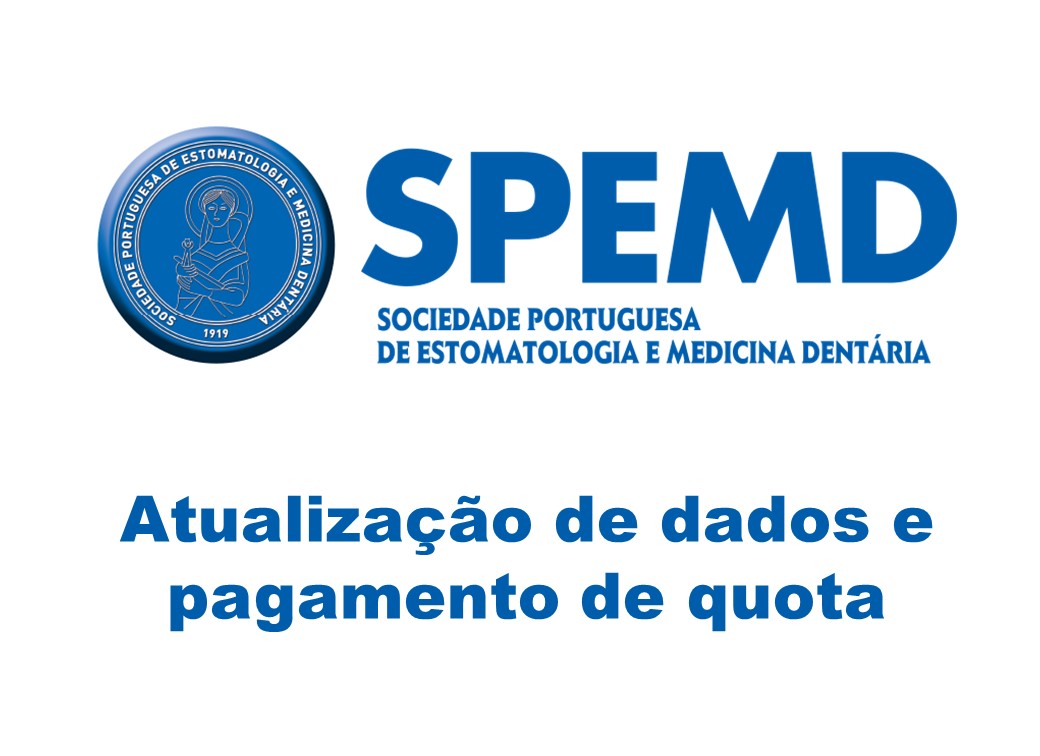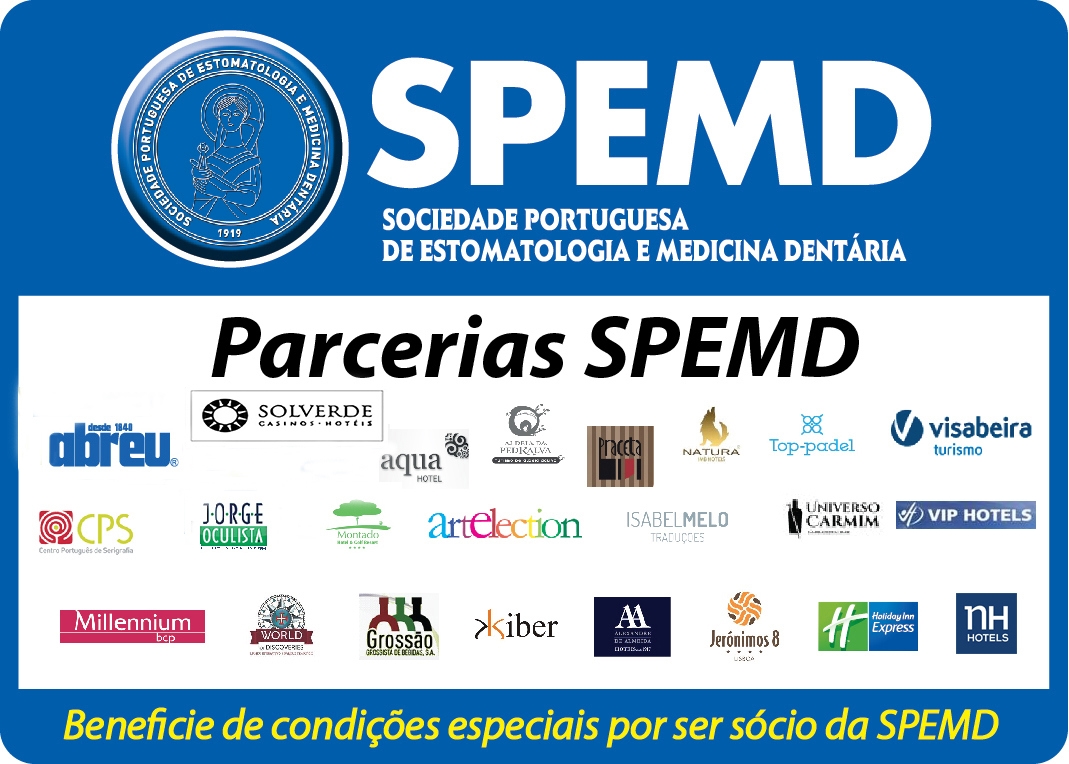
Autores: Patrícia Fonseca, Catarina Fonseca, Margarida Quezada, Tiago Marques, André Correia
Instituição: Universidade Católica Portuguesa, Faculdade de Medicina Dentária, CIIS
Valor da bolsa: 200.00€
Apresentação durante o evento ITI World Symposium em Singapura, Singapura | 2024-05-09
Resumo:
OBJECTIVES
Accurate placement of a dental implant is crucial for the overall success of the final prosthesis. To ensure optimal function, aesthetics, oral hygiene, and long-term clinical success, it is imperative to employ a prosthetically-driven surgical approach. Thanks to intraoral scanners, we have the capability to precisely capture patient´s dental arches. Presently, by combining cone-beam computed tomography (CBCT) with intraoral scans, we can digitally plan implant cases in implant dentistry according to the planned prosthesis. To achieve this, an implant-planning software is used to create a surgical guide, which can be produced through 3D printing and employed during live surgery. These surgical guides are customized to each patients unique clinical circumstances, facilitating accurate implant positioning and angulation during the procedure.
This research aimed to assess the linear and angular deviations of dental implants placed in patients treated at a university dental clinic through fully guided surgery techniques.
METHODS
This research was approved by the Ethics Committee for Health (REF 201, March 24th, 2022) of the University. A cohort of patients that underwent guided surgery for implant placement in the Postgraduation Programs in Digital Prosthodontics and Periodontology was used. All pertinent data from the electronic health records of the FMD-UCP university dental clinic were securely transferred, anonymized, to the principal investigator. Specifically, data files from the CoDiagnostiX® software were collected in two phases: 1 - planning stage; 2 - digital impressions stage. CoDiagnostiX®’s “Treatment Evaluation” add-on was employed to automatically overlay images from these two stages. The following parameters were evaluated: angle of the implant concerning the axial axis, 3D deviations, mesio-distal and bucco-lingual deviations at the apex, apico-coronal deviation at the apex, 3D deviations, mesio-distal and bucco-lingual deviations in the most coronal area of the implant, and apico-coronal deviation at the most coronal area. Angular deviations were recorded in degrees, and linear deviations were measured in millimeters at the implants most coronal point (shoulder) and apex. Additionally, the study considered the type of surgical guide (tooth and/or mucosa-supported guides) and the type of guided-surgery performed (fully-guided and pilot-guided).
RESULTS
A total of 45 implants were examined, involving 23 patients (13 males and 10 females) with an average age of 55 years. Implants were distributed as follows: 15 in the anterior maxilla, 13 in the posterior maxilla, 4 in the anterior mandible and 13 in the posterior mandible. Out of these, 39 implants were placed using tooth-supported guides, while 6 implants were placed with mucosa and tooth supported-guides. Furthermore, 36 implants underwent fully guided placement, while 9 implants were only guided by the pilot drill with a diameter of 2.2mm. Average angular deviation observed was 4.5 degrees, while mean three-dimensional deviation at the most coronal point of the implant measured was 1.5mm for implants placed with pilot-guided surgery. For implants placed with fully-guided surgery, the average angular deviation observed was 4.1 degrees, while mean three-dimensional deviation at the most coronal point of the implant measured was 1.1mm. At the implants apex, the mean deviation was 1.9mm for pilot-guided implants and 1.8mm for fully-guided implants. According to the results, implants of greater length are more likely to present bucco-lingual and mesio-distal deviations at crestal and apex levels. The mesio-distal deviation at apex was significantly different between locations. In fact, maxillary implants showed a smaller deviation compared to mandibular implants. All remaining linear and angular deviations did not statistically differ in the inter-group analysis.
CONCLUSION
Within the limitations of this research, particularly related to the sample’s size, we can conclude that guided-implant surgery helped in the placement of dental implants according to the planned prosthesis, avoiding badly positioned implants and, consequently, problems with the final prosthesis.
However, the results observed between the planned and final implant position shows that this technique should be carefully used in cases of limited bone availability, since guided-implant surgery isn’t 100% precise. The presented results are in accordance with the ITI Consensus Conference. Future studies should increase the sample and other guided surgery protocols.



